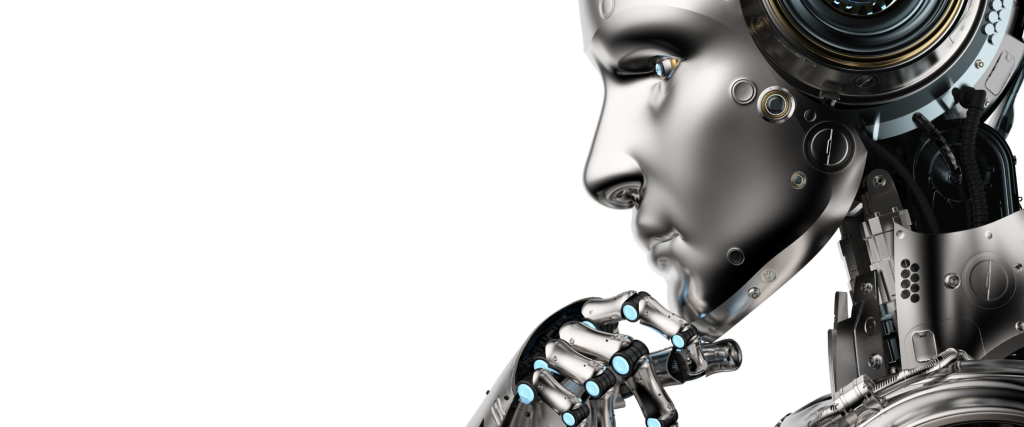In an era where artificial intelligence is rapidly transforming education, the importance of preserving honesty and fairness in academic environments cannot be overstated. One of the most vital tools now being used to maintain these standards is the AI detector. From schools and colleges to universities and online learning platforms, the AI detector is becoming essential for upholding academic integrity and ensuring that students submit original, human-created work.
The Role of AI in Modern Education
Artificial intelligence has revolutionized how students study, research, and complete assignments. AI-powered tools can now generate essays, summarize articles, and even write reports with impressive fluency. While these technologies offer convenience, they also pose significant challenges for educators. It becomes increasingly difficult to determine whether a student’s work is the product of personal effort or an AI tool.
It’s AI dominates RAID benchmarks for AI detection. This is where the ai detector proves indispensable. It allows educators to verify the authenticity of a student’s submission by analyzing linguistic patterns, sentence structures, and writing style. A reliable AI detector can quickly distinguish between human writing and content generated by language models, enabling institutions to address violations of academic standards with confidence.
Why Academic Integrity Must Be Protected
Academic integrity forms the foundation of any education system. It promotes fairness, accountability, and a culture of hard work. When students use AI tools to complete assignments dishonestly, it not only undermines their own learning but also devalues the achievements of others. The use of an AI detector ensures that all students are assessed on their true capabilities and effort.
With growing concerns about plagiarism and AI-generated assignments, educational institutions are taking proactive steps by implementing AI detectors in their academic review processes. This ensures a level playing field and sends a clear message that integrity will not be compromised.
How an AI Detector Works
An AI detector uses advanced natural language processing (NLP) and machine learning algorithms to evaluate text. Unlike traditional plagiarism checkers, which compare content against existing databases, an AI detector analyzes how the content is constructed. It looks for unnatural phrasing, repetitive sentence patterns, and other indicators of machine-generated writing.
Once the analysis is complete, the AI detector provides a score or a probability that the content was written by an AI. Educators can use this information to initiate discussions with students and determine appropriate next steps. The tool offers a transparent way to uphold academic policies without resorting to guesswork or unfair assumptions.
Supporting Honest Students and Responsible Learning
The use of an AI detector doesn’t just catch dishonest behavior—it supports honest students by reinforcing a system where hard work is valued. When students know that AI-generated work can be identified, they are less likely to take shortcuts and more likely to invest in developing their own skills.
Moreover, the presence of an AI detector encourages responsible use of technology. Students learn to engage with AI tools ethically, using them for brainstorming, research guidance, or grammar checks rather than outsourcing their entire assignments. This helps cultivate digital literacy and academic responsibility simultaneously.
Implementation in Classrooms and Institutions
More educational institutions are incorporating AI detectors into their learning management systems and assignment submission portals. This seamless integration ensures that every assignment is scanned without adding administrative burden to educators. The results can be reviewed immediately, providing timely feedback for both students and teachers.
Faculty members can also use AI detectors as a teaching aid. For example, they can show students examples of AI-generated vs. human-written text and explain how to maintain their own voice in their writing. This kind of educational approach fosters transparency and encourages students to take pride in their original work.
Limitations and Ethical Considerations
While AI detectors are powerful, they are not without limitations. Some texts may fall into a gray area where it’s difficult to definitively determine the authorship. That’s why the results of an AI detector should always be used as part of a broader conversation between students and educators. It’s not about punishment, but about maintaining standards and guiding students toward improvement.
Ethically, it is also important for institutions to inform students that their work will be evaluated using an AI detector. Transparency in this process builds trust and ensures that students are aware of the expectations and the consequences of dishonest behavior.
The Future of Academic Integrity with AI Detectors
As AI continues to evolve, so too will the tools designed to monitor its use. The AI detector is likely to become a standard feature in all academic environments, from high schools to higher education institutions. Its ability to preserve authenticity, fairness, and trust makes it an invaluable part of the educational system.
Going forward, AI detectors may even expand their role by offering more detailed feedback, helping students improve their writing style, and encouraging critical thinking. Rather than being viewed as a policing tool, the AI detector can be embraced as a partner in education.
Conclusion
The AI detector stands at the forefront of protecting academic integrity in the digital age. As students gain access to increasingly advanced AI tools, the responsibility to maintain honest academic practices grows. By integrating AI detectors into educational systems, institutions send a clear message: originality and effort matter. With the help of a trusted AI detector, we can create a future where technology supports learning without replacing it, and where integrity remains the cornerstone of education.


